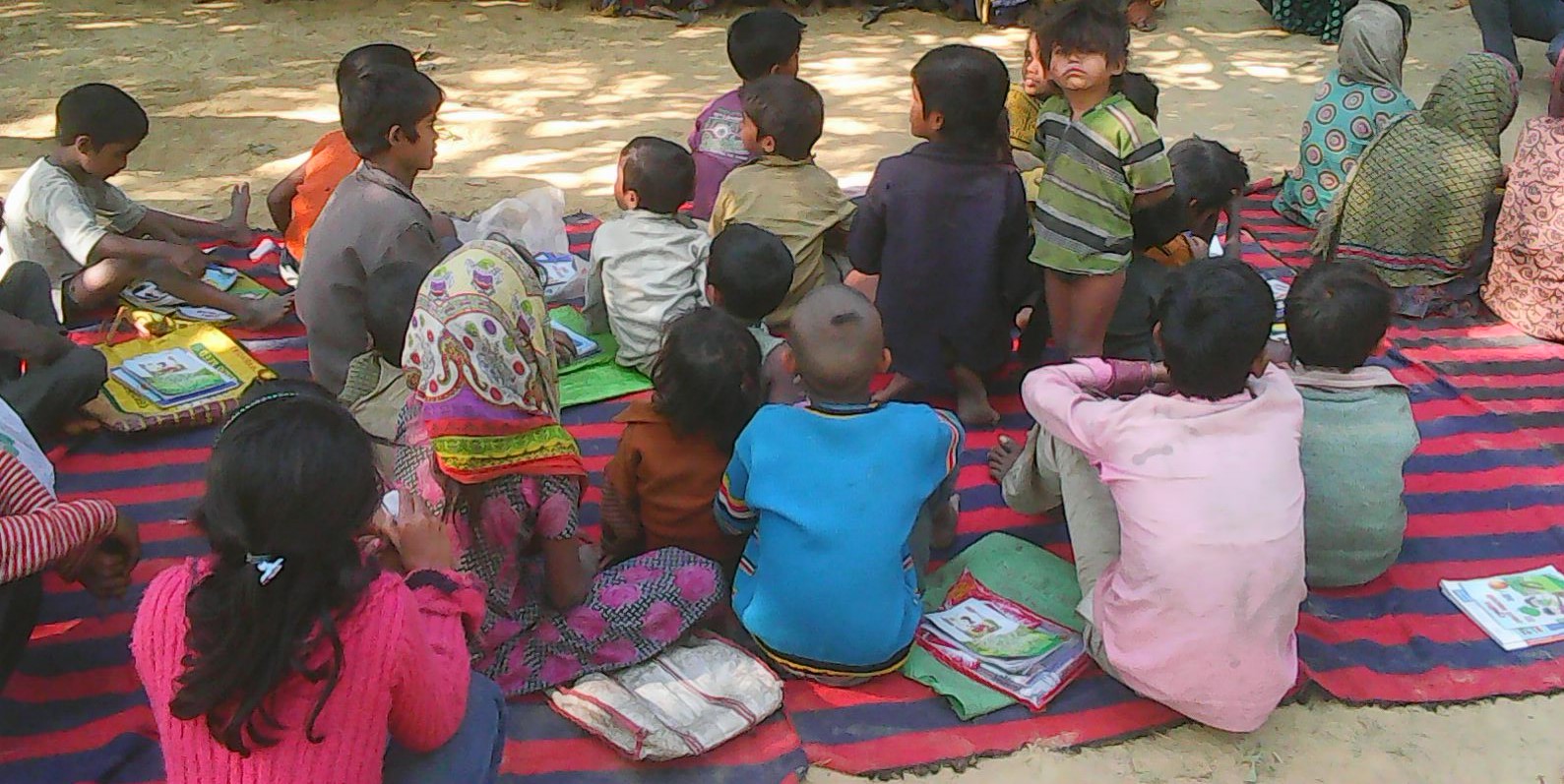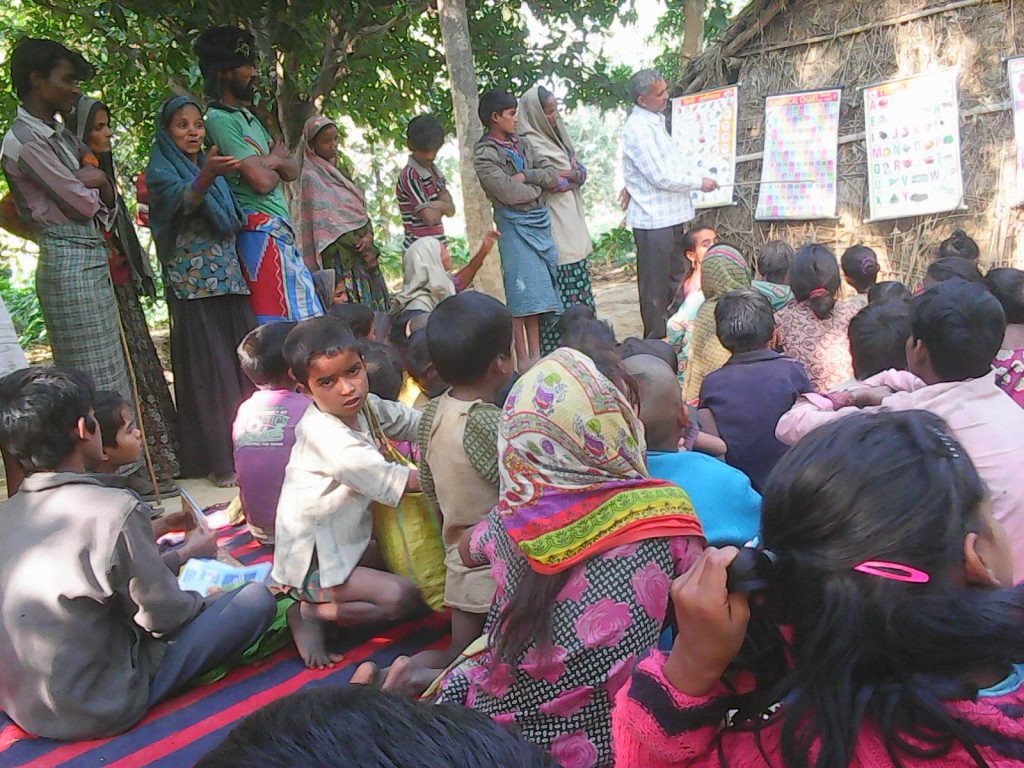
Child Education

India recognises education as a fundamental right of a child and has made appropriate provisions in its Constitution to impart the same. The Right of Children to Free and Compulsory Education (RTE) Act, 2009, ensures that every child in the age group 0f 6-14 years has a right to full time elementary education of satisfactory and standard quality in a formal school that fulfils essential norms and standard as per the requirements.
Despite this, as per 2010-11 Census, the dropout rate of children in 6-17 years age in Uttar Pradesh was 10.3 per cent. Many reasons are cited for this high drop out rate.
It is in this backdrop that UPVHA intervened in education sector to send dropout children and never-enrolled children to schools after brushing up their knowledge at the education centres. This intervention was as a part of a large-scale initiative of Rotary India Literacy Mission (RILM) under the name Asha Kiran (Ray of Hope).
The initiative was aimed at sending 1,00,000 out of school children back to the schools. UPVHA worked in two blocks of two districts: Wazirganj block in Badaun district and Gilaula block in Shravasti district. It covered over 3,000 children through 75 Asha Kiran Centres.
The activities so far:
Outcome
Over 2,867 children were mainstreamed into the government and/or government aided schools. The girls were the biggest gainers of the project.

